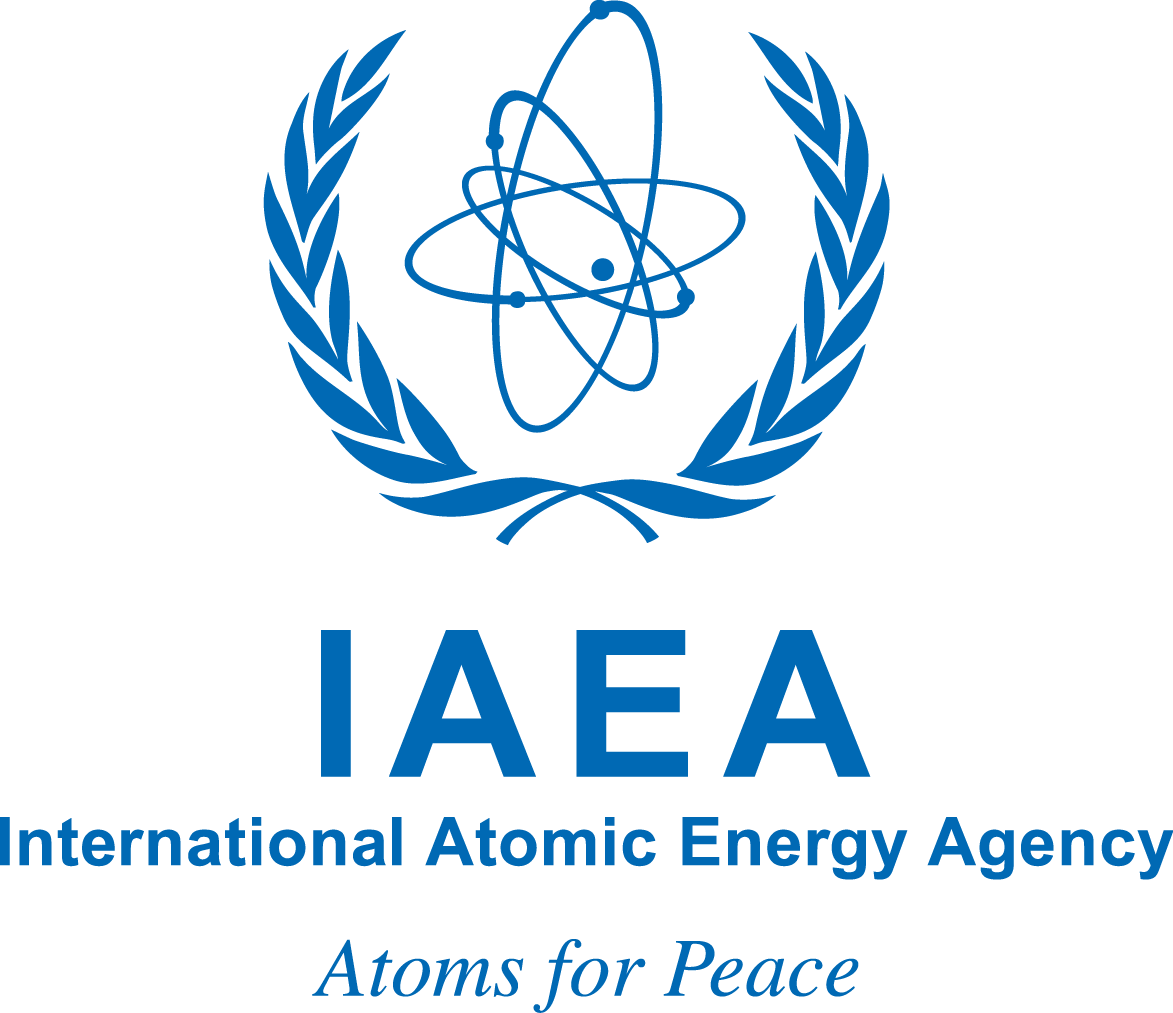Part 1 of 2 Parts
Small modular reactors (SMRs) are nuclear fission power reactors that produce three hundred megawatts or less. This limit is about one third the size of the reactors in a typical nuclear power plant that produce around a gigawatt of electricity each. They are being enthusiastically promoted by the nuclear power industry as providing benefits over the current big nuclear reactors such as safety, construction time and cost, siting and multiple economic benefits. They are modular and what is referred to as “plug and play”. This means that they can be produced in a factory and then transported to the site where they will generate electricity. This offers economies of scale which reduces capital costs and construction time.
The small size of SMRs makes them ideal for small electrical grids and remote locations that would not be able to support the standard large reactors. SMRs are flexible and can be installed as individual operational units or as modules that are combined into one large generating complex. Additional modules can be added after the initial installation. The SMR designs are simpler than the full-sized commercial reactors now operating in the U.S. and they have a high level of what is referred to as passive or inherent safety in the case of a serious accident.
The SMR Regulators Forum was founded in March of 2015. Nine countries and other stakeholders came together to share regulatory knowledge and experience. The Forum identifies and proposes solutions to common safety issues that may challenge regulatory reviews associated with SMRs. The International Atomic Energy Agency (IAEA) has safety standards that serve as a global reference for protecting human beings and the natural environment from the harmful effects of ionizing radiation. Those standards can generally be applied to SMRs. However, the Forum feels that it would be appropriate for SMRs to have their own dedicated set of safety regulations to help national authorities deal with this new type of nuclear power reactors.
The SMR Regulator’s Forum has recently published online a set of new recommendations on safety issues that are specifically related to issues that arise from the modular approach to SMR construction and the lifecycle licensing framework for the SMRs.
Karine Herviou is the Director at France's Institute for Radiological Protection and Nuclear Safety (IRSN) and a member of the SMR Regulators' Forum. She said, “Most SMRs are designed to be compact in order to enable their manufacture at a factory and to facilitate their transportation to the plant site. The modularity and compactness inherent to SMRs may have safety implications and introduce new challenges to the SMR lifecycle, associated with design, construction, commissioning, operation and decommissioning stages.”
Herviou said that the compact nature of SMRs may prove challenging when it comes to performing the mandated inspections, operations and maintenance activities. This will apply not just to the manufacture of the SMRs but will be of concern for the entire life cycle of an SMR. She said, “In addition to novel design features and approaches, SMR projects may indeed introduce several differences to new-build projects, ranging from factory manufacturing and testing, to new construction and commissioning methods.”
Please read Part 2 next
